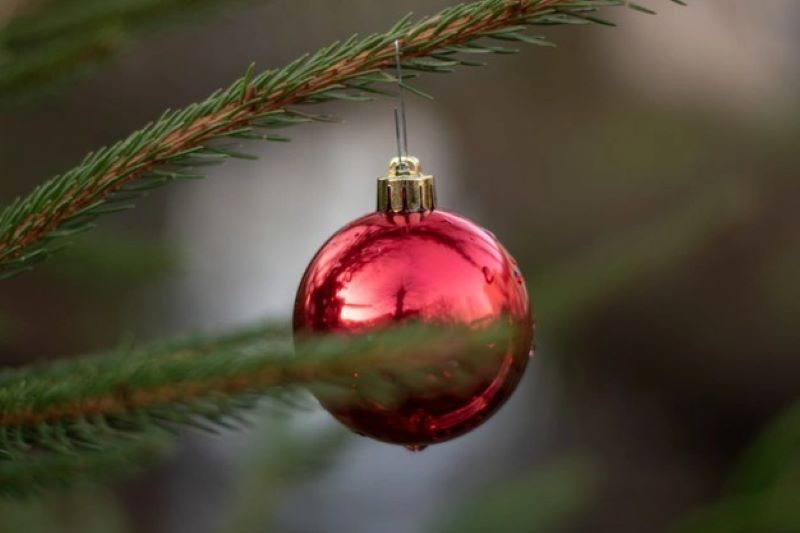A World of Christmas Ornaments: Exploring Different Cultures through their Decorations
The Origins of Christmas Ornaments Around the World
It’s that time of the year again when festive decors fill the air. One of the best ways to get into the Christmas mood is by decorating your home with lights and ornaments. Christmas ornaments come in a wide variety of colors, shapes, and sizes, each representing different cultures and traditions of the world.
Christmas is celebrated globally by billions of people, and every nation and region has its unique way of celebrating the festive season. Christmas ornaments can tell you a lot about the cultural background of the people and how they celebrate their holiday. So let’s take a closer look at the different Christmas ornaments that represent the festive cultures of the world.
Starting in the United States, where hanging ornaments on the Christmas tree is a tradition that originated from Germany. You will find ornaments in the shape of Santa Claus, candy canes, snowmen, and other winter symbols. The U.S. is known for creating popular decorations, such as the famous bubble light and the shiny glass ornament.
In Europe, the customary Christmas décor ushers in an atmosphere of frosty merriment with greenery, pine cones, and wooden ornaments. The Nordic countries are renowned for their rustic ornaments, such as straw goats, elves, and folklore characters. In Spain, a unique tradition is the Caga Tio, a hollowed log decorated with a smiley face, a hat, and red stripes to represent a miniature character. It is beaten with sticks, and gifts fall out of it, making it a surprise gift for children.
Making Your Own Global Christmas Ornaments
In Asian countries, ornaments differ from the western counterparts, and a majority of the designs are based on auspicious signs, lucky symbols, and a significant religious character. In Japan, the fukusasa, a branch of bamboo decorated with Shinto paper, represents good luck. The Philippines make use of small lanterns made of capiz shells, which include Christmas scenes and reflect light with more colors.
Moving on to Africa, where ornaments are often made up of natural objects such as items from the forest, shells, and dried leaves. Ornaments made from beads and wire are popular. In South Africa, the Christmas tree is usually decorated with flowers of all colors, and many prefer to use indigenous flowers that represent the country.
Lastly, in Australia, during Christmas, there is summer instead of winter, so ornaments often include marine life, the Sydney Opera House, and the famous kangaroo. In South America, such as Mexico, you will find decorations of flowers that represent the Mexican celebration of the dead, El Dia de Muertos.
In conclusion, Christmas ornaments represent the various cultures of the world and their unique outlook towards the festive season. The ornaments show how people across the world decorate their homes with symbols related to their religious and cultural beliefs. Understanding the traditions and customs of different nations is part of the holiday experience, and we can all learn from each other’s customs and traditions. This Christmas, choose an ornament from around the world and incorporate that into your decorations to celebrate the diversity of cultures worldwide. Happy Holidays!
